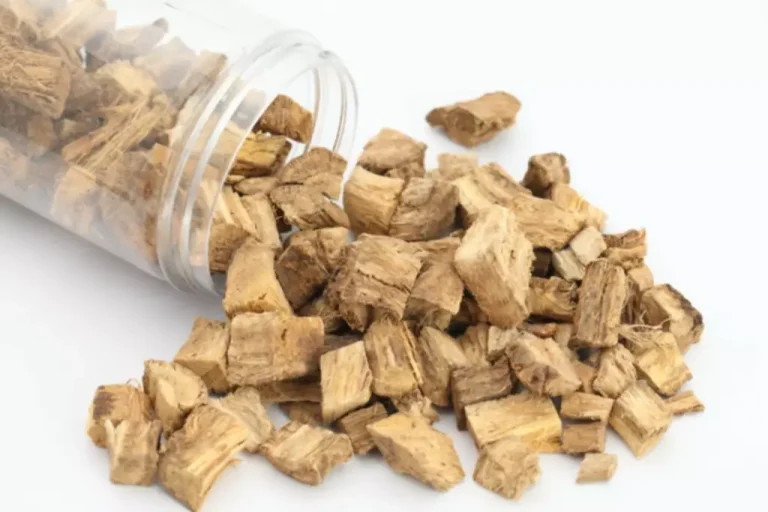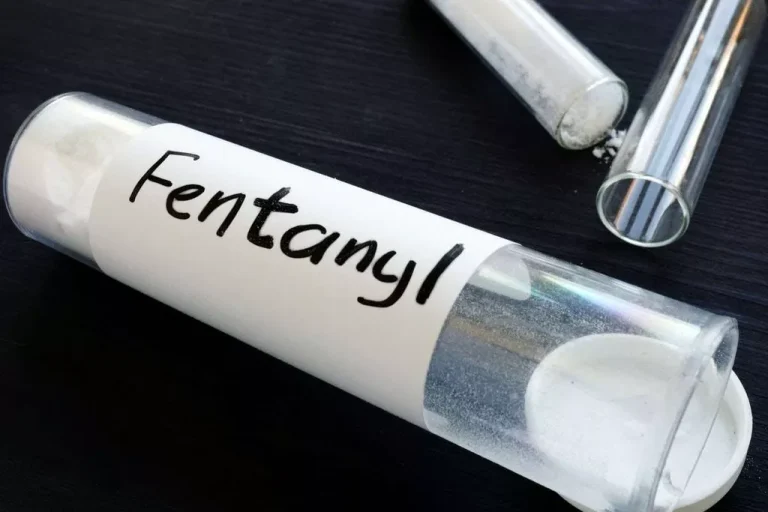
A standard drink or (in the UK) unit of alcohol is a measure of alcohol consumption representing a fixed amount of pure alcohol. The notion is used in relation to recommendations about alcohol consumption and its relative risks to health. These government guidelines often illustrate these amounts as standard drinks of various beverages, with their serving sizes indicated. Although used for the same purpose, the definition of a standard drink varies from country to country.

How alcohol affects your liver
I like to say that there is no safe amount of alcohol consumption to avoid liver disease because all alcohol is bad for the liver. The liver breaks down and removes toxins in the body, including alcohol. Healthy liver tissue is replaced what is 80g of alcohol with scar tissue, preventing your liver from functioning properly. For example, those who drank over 3 units a day had nearly twice the risk of a hip fracture. Alcoholic hepatitis ranges from mild and reversible to life threatening.
Chart of the symptoms of blood alcohol levels

While health effects vary between individuals, drinking is often linked to depression and anxiety. This produces potentially harmful byproducts that can damage your liver https://ecosoberhouse.com/ cells. But if you drink only occasionally and in moderation — say, a glass of wine with dinner or a beer at a ballgame — it’s not going to create long-term damage.

How many drinks is 0.08?
While drinking may provide a few hours of relief, it may worsen your overall mental health and spark a vicious cycle (23, 24). When it comes to alcohol, if you don’t drink, don’t start for health reasons. In the United States, people younger than age 21 are not legally able to drink alcohol. If you or any other person has a medical concern, you should consult with your health care provider or seek other professional medical treatment immediately. Never disregard professional medical advice or delay in seeking it because of something that you have read on this blog, website or in any linked materials. If you are experiencing a medical emergency, please call 911 or call for emergency medical help on the nearest telephone immediately.
Standard drink

Hepatic steatosis and alcoholic hepatitis without fibrosis are reversible if alcohol is avoided. With abstinence, hepatic steatosis may completely resolve within 6 weeks. There appears to be a threshold effect above which the amount and duration of alcohol use increases the risk of the development of liver disease. Nevertheless, this observation should be confirmed on a larger cohort of patients[68].
- However, what is interesting is how much greater amounts of alcohol leads to the risk of developing liver disease.
- Recommendations for alcohol intake are usually based on the number of standard drinks per day.
- Abstainers with decompensated cirrhosis have a five year survival at a rate of 60% against the 30% survival rate in those who continue in the abuse[41].
- Rarely, patients with hepatic steatosis or cirrhosis present with Zieve syndrome (hyperlipidemia, hemolytic anemia, and jaundice).
- Drinking while pregnant can lead to abnormal facial features, low birth weight, central nervous system problems, and other serious issues (63, 64).
- Even major changes, including cirrhotic restructuring, may show partial regression during total abstinence[56].
- The effects of alcohol on your health will depend on how much you drink.
- That glass of wine for dinner may have some antioxidants, but the benefits aren’t outweighing the negative impacts of alcohol on your body.
- This takes about 2–2.5 hours per drink, depending on your body size (32, 33).
- First of all, 28 Danish drinks is the equivalent of 24 US standard drinks.
If iron accumulation is observed, measurement of the iron content and genetic testing can eliminate hereditary hemochromatosis as the cause. An alarming new study calls attention to an uptick in both the number deaths from liver disease and the number of young adults age 25 to 34 who died from alcohol-related cirrhosis – the latest stage of liver damage – between 1999 and 2016. More data are available regarding the treatment of severe alcoholic hepatitis by enteral nutrition.
Your liver’s role
In fact, your overall diabetes risk tends to drop with moderate alcohol consumption. However, when it comes to heavy drinking and binge drinking, your risk rises (53, 54, 55, 56). Heavy drinking and beer are linked to increased weight gain, while light to moderate drinking and wine are linked to reduced weight gain. When alcohol is consumed, it passes from the stomach and intestines into the bloodstream, where it distributes itself evenly throughout all the water in the body’s tissues and fluids. Drinking alcohol on an empty stomach increases the rate of absorption, resulting in higher blood alcohol level, compared to drinking on a full stomach.
- Liver disease can also develop in people who do not drink alcohol at all.
- For men, heavy drinking means more than four drinks on any day or more than 14 drinks a week.
- Hence, a “safe” daily intake of alcohol should not be more than two “drinks”.
- 14 units is equivalent to 6 pints of average-strength beer or 10 small glasses of lower-strength wine.
- Blood alcohol level charts can help you understand the effects of drinking based on your weight and sex.
- In contrast, dietary readjustment in the sense of sufficient energy intake and adequate supply of proteins is of value because malnutrition is a very poor prognostic factor in liver diseases[60].
- Pithey et al[6] performed a systematic review of sub-Saharan African studies concerning the association between alcohol abuse and HIV infection.


